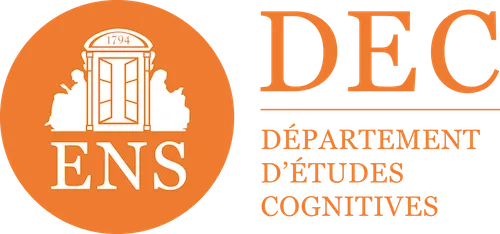

7 Keys to Effective Instructional Design for Corporate Training
Design courses capable of effectively supporting employees in the acquisition of new skills is a major challenge for companies. A study conducted by the World Economic Forum revealed that 50% of employees will need to learn new skills by 2025 to remain successful in the job market (Future of Jobs Report, WEF, 2020).
To meet this challenge, it is not enough to transmit knowledge: effective training is based on structured methods, integrating key principles such as cognitive load management, multimodal integration and the transfer of skills in concrete situations.
1. Deconstructing prejudices to open up the field of possibilities
Effective instructional design starts with taking into account pre-existing knowledge and prejudices of the learners. if they are not identified and addressed, these preconceptions can limit learners' ability to assimilate new concepts .
To engage the learner while clarifying expectations, start with simple activities:
- True/False Questions to confront beliefs.
- Common error lists or Myths to deconstruct to explain concepts that are not well understood.
For example, in a conflict management training course, an activity could start with the question: “True or false: a good manager should never show his emotions.” This exercise invites the learner to reflect and adjust their perception.
2. How to structure your courses for optimal understanding?
Reducing cognitive load
Effective training should not overwhelm the learner with information. Limit each learning session (or module) to 6 or 8 key concepts, accompanied by simple examples. This helps maintain attention and promotes the retention of information.
For example, in a project management course, start with the basics: defining roles, clear goals, and tracking steps. The addition of technical and complex terms will be gradual over time to enrich the content without burdening learning.
Use explicit instructions
To avoid confusion, guide the learner with detailed instructions: What to do, how, and why. A step-by-step approach reduces uncertainty and increases understanding.
- Clear steps: Explain each action in order.
- Practical cases: Show solved examples to illustrate the concepts.
An exercise could consist in resolving a fictional conflict in a team, by precisely detailing the actions: reformulating disagreements, proposing common solutions, etc.
Varying learning formats
Alternate modalities to engage with all learning styles. Use text to explain a concept, a diagram to summarize the steps, and a video to show a concrete case. This blend enriches the experience and promotes memory.
3. What exercises and feedback should be preferred to reinforce memory?
Varied exercises to stimulate learning
Effective training devotes 80% of the time spent doing exercises that actively mobilize knowledge and anchor it in memory. To strengthen memory, suggest targeted and complementary activities:
- Application exercises: These exercises are simple and allow the learner to check his understanding of the theoretical concepts presented.
- Realistic case studies: These exercises require the learner to parse a concrete situation and to provide a solution based on his knowledge. For example, he may need to identify errors in a project plan or propose an approach to dealing with a conflict.
- Interactive simulations: These activities Immersive the learner in a dynamic scenario. Unlike case studies, he interacts directly with content to test his skills in realistic situations.
Personalized feedback to make progress
The feedback gives meaning to the exercises. To be effective, it must:
- Explain the logic behind a correct answer.
- Adapting to the learner by highlighting areas for improvement and reinforcing achievements for wrong answers.
Good feedback after an incorrect answer could indicate: “Your argument lacks reformulation; validate the customer's point of view first before offering a solution.”
4. Why create real situations for your training courses?
Truly useful learning should allow learners to transfer their knowledge to their daily professional lives. To do this, abstract exercises must give way to realistic and progressive scenarios.
Situations must be:
- Relatable to the field: exercises that reflect cases experienced by employees.
- Scalable: start with simple situations, then introduce more complex variables.
- Repeated: the same skill must be presented in different scenarios
- Engaging: propose interactive environments or immersive simulations
For example, project management training could include a simulation where the learner must organize a team meeting taking into account real constraints: deadlines, budget, and diverging priorities.

Make an appointment directly with our eLearning experts for a demo or simply more information.












